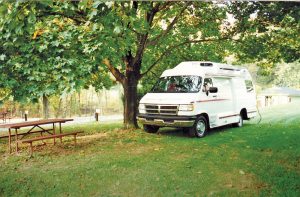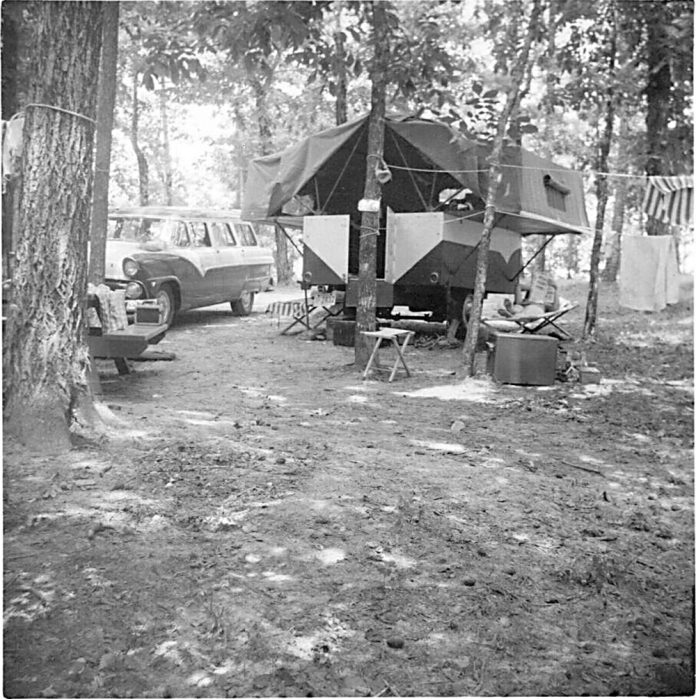What is your idea of a vacation? The dictionary has several definitions of a vacation, of which probably the most commonly accepted is “a fixed period of cessation from work — a time of rest and recreation spent away from home or in traveling.”
Over the years, many things have changed in the ways we take vacations. Let’s take a look at what I like to call “the evolution of vacations.”
First, let’s discuss what we call school summer vacations. Even that has changed … at least in Frisco. For years, school here always started in early September, sometime around Labor Day. However, in the early 1900s, when cotton was king in this part of the country, school’s start date was sometimes postponed until the cotton was all picked. Why? Because many of the students were “farm kids” and farmers needed their children, boys and girls, to pick cotton while the “time was ripe.” Also, some of the town kids joined the cotton pickers to make some spending money, so school attendance would have suffered.
Another big change has been the method of travel for our vacations. For many years, any long-distance travel had to be by rail or boat. I remember, at five years of age, traveling by train with my mother to visit her parents in Ark. It was not until the 1950s, when our interstate highways were built, that long distance travel by automobile really became popular. Today, air travel has taken on a big role in our vacation travel plans and has expanded our horizons. Then, there was the cruise, a luxurious way to vacation, especially popular today with the “mature” crowd. Yes, our vacations have changed — certainly for the better.
Now, bear with me as I recall some of my vacation adventures. After WWII, I went to work for Humble Oil Company, and was eligible for a two-week vacation each year. Living miles away from our parents and other relatives, we, traveling by automobile, spent most of our early-year vacations with them.
Our family kept growing, and after our fifth, and final, child was born, our sedan became more than a little crowded. In 1955, we solved that problem by buying a three-row Ford station wagon. Then, my wife came up with the perfect seating arrangement for long trips. She put one child in the front seat with me, two in the middle seat with her and two in the back seat. Her purpose for that arrangement was that she could keep order by being able to reach any child that misbehaved. My youngest daughter, Tami, recently reminded me that, in the absence of today’s electronic devices, kids played games such as seeing who could spot the most out-of-state license plates on passing cars.
The station wagon made travel more pleasant, but there was still a problem. Finding a motel room for seven was not easy, and being able to afford two rooms was a stretch — even at $6 a room. So, we solved that dilemma by building a pop-up camper. I ordered the plans from Popular Science magazine, and, in our back yard, I built a camper-trailer, painted it to match our red and white station wagon and named it “Warren’s Wigwam.” That was the beginning of many fun camping vacations.
We took Warren’s Wigwam to state parks in Texas, Ark., Okla. and Miss., enjoying camping most everywhere we went. I recently asked each of my children for their favorite memory while camping in the Wigwam. My son, Phil, liked Tyler State Park. It was not far from our home when we lived in East Texas, and we went there quite often. Don recalled a trip to Garner State Park in southwest Texas. We had been told by a friend what a great place it was, but when we got there, unfolded the camper, hurriedly put on our swimsuits and ran down to the lake, we found nothing but a big mud hole. The drought that year had made swimming impossible. Dejected, we folded the camper and found a campground with a good swimming pool.
My daughter, Kay, laughingly remembered camping at Roaring River in Miss., a place noted for its cold spring water. My wife was first in the water, and when I found it cold, I backed off. She, with only her head out of the water and a big grin on her face said, “Just dive in. You will find the water fine.” So, I dove in, thinking she was standing in five-foot deep water. I found out the hard way that she was squatting down in three-foot deep water and did not mean for me to actually “dive” in. Anyway, I left a bunch of chest skin on the river bottom, but survived to enjoy a cold swim.
We enjoyed camping in Warren’s Wigwam until 1964. That year, our daughter, Kay, and her husband, living in Wash. state, announced the impending birth of our grandchild. My wife flew up to help. I soon started making plans to take the children and join the blessed event. However, I did not want to pull that camper over the Rocky Mountains, so I reluctantly sold the Wigwam, bought a tent, put the three youngest kids in the car and headed north. We traveled by day, camped at national parks at night and had a fun trip to Wash. After visiting with Kay’s family for a few days, my wife, three kids and I started home, stopping at national parks such as Olympic, Glacier, Yellowstone and Estes on the way. That was a truly memorable vacation.
As the years passed, our children got married and left home, so our vacations changed. For a few years, my wife and I drove, visiting relatives in places like N.Y., Calif., Las Vegas and Fla. In 1971, we drove deep into Mexico, which I would not recommend today. But, except for a few problems with the language and missing a sign in Mexico City, we made the trip without getting arrested or hijacked.
The next year, my WWII Air Force squadron had its first reunion. Squadron members and wives went to Europe where we visited sites in England, Holland, France, Germany, Italy and Belgium. We continued to attend squadron reunions every two years for the next 40 years, meeting at various places all over the U.S. and Europe.
When I retired after 36 years with the oil company, we moved back to Frisco, where I grew up. Finally, free to vacation any time we wished, we joined a timeshare and went to Hawaii, staying four weeks and taking one child with his or her spouse there for a week each. We had taken our fifth child there the year before, and those five weeks with our children were very special.
 Back home, we decided to buy an RV. First, a pickup and a fifth-wheel trailer. That lasted for a few trips, but it made my wife nervous trying to help me back into campsites. So, I traded it for a used 27-foot motorhome, which soon gave us troubles. Finally, we got the best vehicle: a new compact motorhome, an ideal way to travel, until my wife’s health declined.
Back home, we decided to buy an RV. First, a pickup and a fifth-wheel trailer. That lasted for a few trips, but it made my wife nervous trying to help me back into campsites. So, I traded it for a used 27-foot motorhome, which soon gave us troubles. Finally, we got the best vehicle: a new compact motorhome, an ideal way to travel, until my wife’s health declined.
To wrap up my vacation history, three of my most memorable vacations were (1) a tour of WWI and WWII sites in Europe with my grandson and son-in-law (2) an “Honor Flight” trip to Washington D.C. and (3) an Alaskan cruise with two of our children and their spouses.
There have been many more, and now that my wife and I are living in Parkview, a great independent living facility, we feel like we are on a “continuous vacation.”
I read recently that 52 percent of American workers, for one reason or another, do not take their vacations. The article went on to say that those who fail to vacation stand a 20 percent higher risk of death, a 30 percent higher risk of heart disease, face higher stress levels and have more depression. So, I say, “Book your trip today and live longer!”


